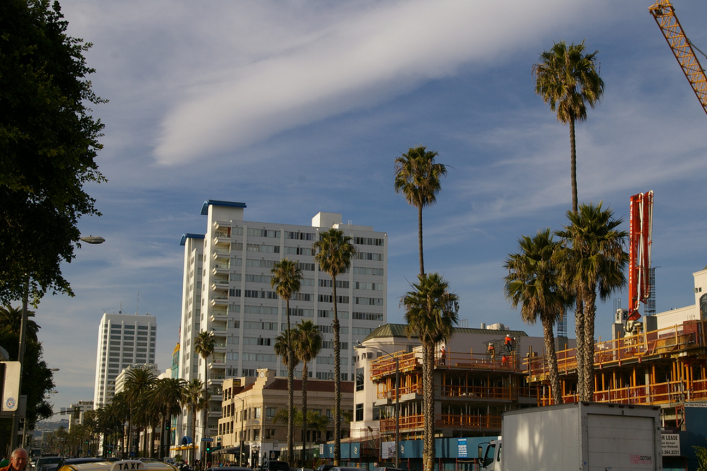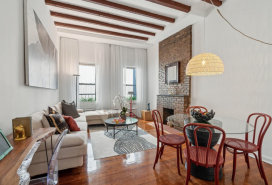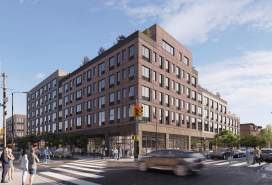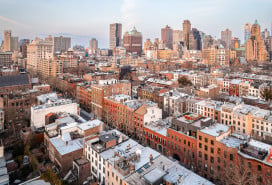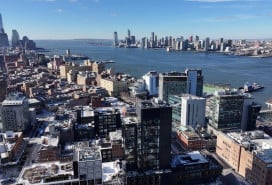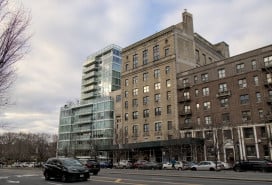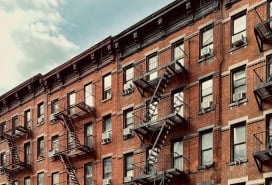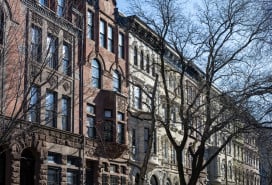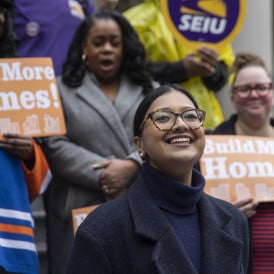At the stroke of midnight last week Monday, the laws protecting more than two million rent controlled and rent stabilized New York City apartments expired, causing panic in a city deeply burdened by the cost of rent and reeling from the out-of-control cost of living. And with market rate apartments across the city reaching fever pitch (with the average Manhattan rental costing over $4,000, up more than 4 percent from this time last year, according to data from brokerage firm Douglas Elliman, what's a New Yorker to do? Head for California?
They might. According to the Los Angeles Times, the state’s Supreme Court ruled recently that developers must include below-market and affordable units in order to get a building permit. The state’s highest court ruled that the crisis has reached “epic proportions” over the last few decades and has stepped in to take control, giving cities and counties another option for addressing the problem. That’s all well and good for Californians, but what does that mean for New Yorkers some 3,000 miles away?
“In New York, affordable housing has always been an issue,” Kamilla Sjödin, the Associate Director of Housing Law with New York Legal Assistance Group (NYLAG) tells us. And the problem has deep roots. “We don’t really have a definition of what affordable housing is – it could be 40 to 50 percent of your income or even more, which in and of itself is an issue that should be dealt with.”
As it stands, New York developers are given tax breaks to include some affordable units in market-rate buildings. But even so, only a handful of units are offered below market rate, and some, like Extell’s now-infamous high-rise development in the Upper West Side,
comes with controversial provisions like “poor doors.” But it’s not completely hopeless.
“Families have to move every single year, communities are disrupted, there’s no continuity in education, it’s quite traumatizing,” she adds, noting many families who are forced to relocate again and again against the waves of gentrification to avoid high rents. “Here you have generations of people who have lived in a particular neighborhood that they helped build and they’re getting priced out,” she adds. “I don’t know why only rich people get to decide where they live.”
REBNY and the Department of Buildings did not immediately respond to BrickUnderground’s request for comment.
Related:
